Laura Smith Haviland, Michigan Abolitionist
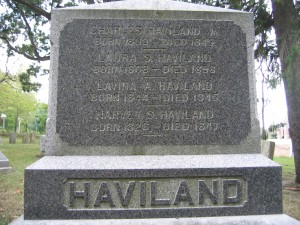
The Underground Railroad (UGRR) in Michigan has become a topic of increasing public interest during this sesquicentennial anniversary of the Civil War. While on sabbatical in 2010-11, I had the opportunity to engage in local research on the topic. I became especially interested in the biography of the daring abolitionist, Laura Smith Haviland, whom historian Catherine Clinton has compared to Harriet Tubman. Like Tubman, Haviland felt authorized by her faith in God to attempt radical action on behalf of those who were held as slaves. Haviland is also the only white woman known to have developed and followed her own plan to cross the Ohio River in an attempt to free an enslaved person. In the rescue effort that ultimately failed, Haviland masqueraded as a light-skinned African American to gain access to the black woman she had hoped to help. Active in both Canada and the U.S., Haviland became a prominent 19th-century abolitionist, educator, author, human rights advocate, and women’s rights proponent. Laura Haviland’s personal diary from the 1890s, which has yet to be cited by historians, is available to researchers at the Lenawee County Historical Museum in Adrian, MI. In that diary Haviland refers to her friendship with Sojourner Truth and expresses her support for women’s suffrage.
To read some of what I discovered about Laura Smith Haviland, see my recent article in the Michigan Historical Review, as well as my co-edited recipe booklet on abolitionist women’s recipes in which Haviland’s passion for graham flour is highlighted.
I discussed the heroic role Laura Smith Haviland played in the anti-slavery movement in Michigan and the Midwest on a recent segment on Michigan Public Radio. Listen to the interview.
To read a detailed overview of the UGRR in Michigan, see Carol Mull’s new book.
I took these photographs during a visit to Haviland’s home town (now Adrian) near the Raisin River. They picture Haviland’s headstone, a historical marker near her Quaker Meeting House, a document related to her husband’s will, and a contemporary Haviland impersonator at Adrian’s Art-A-Licious Festival in 2010.
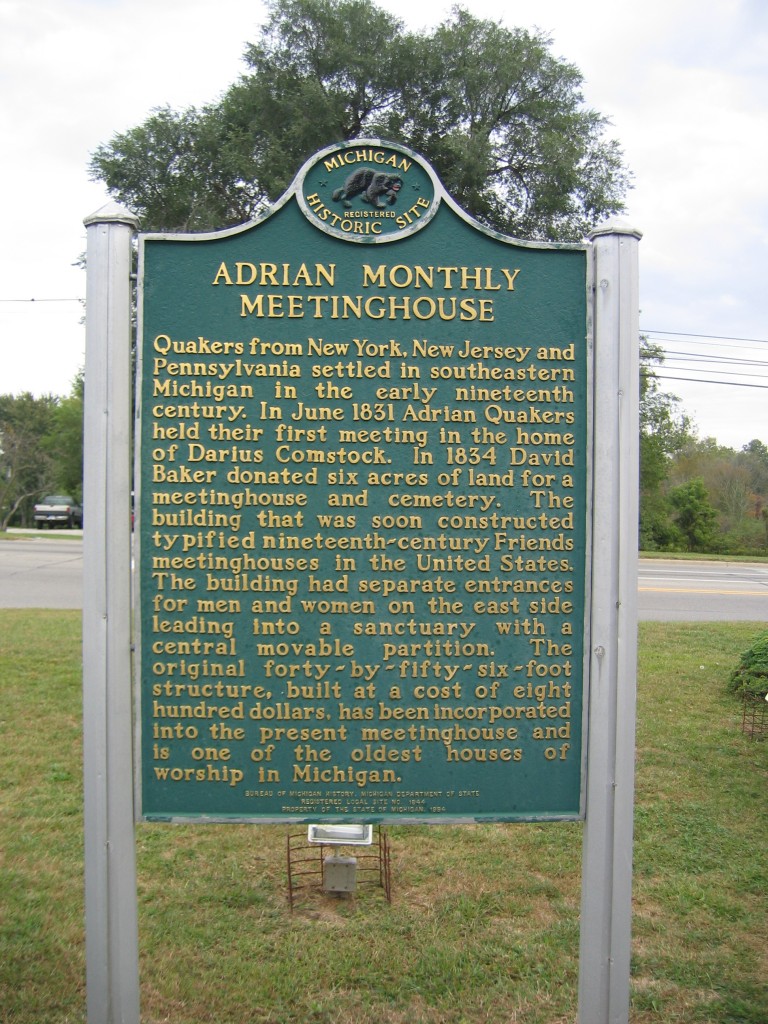 |
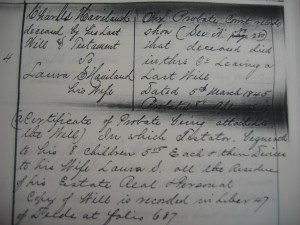 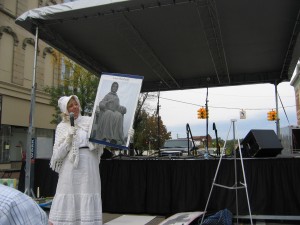 |
Laura Smith Haviland was inducted into the 2018 Hall of Fame class at the National Abolition Hall of Fame in Peterboro, NY. The main event was in October 22, 2018 in Peterboro, New York. Learn more about Laura Smith Havalind on the National Abolition Hall of Fame website.
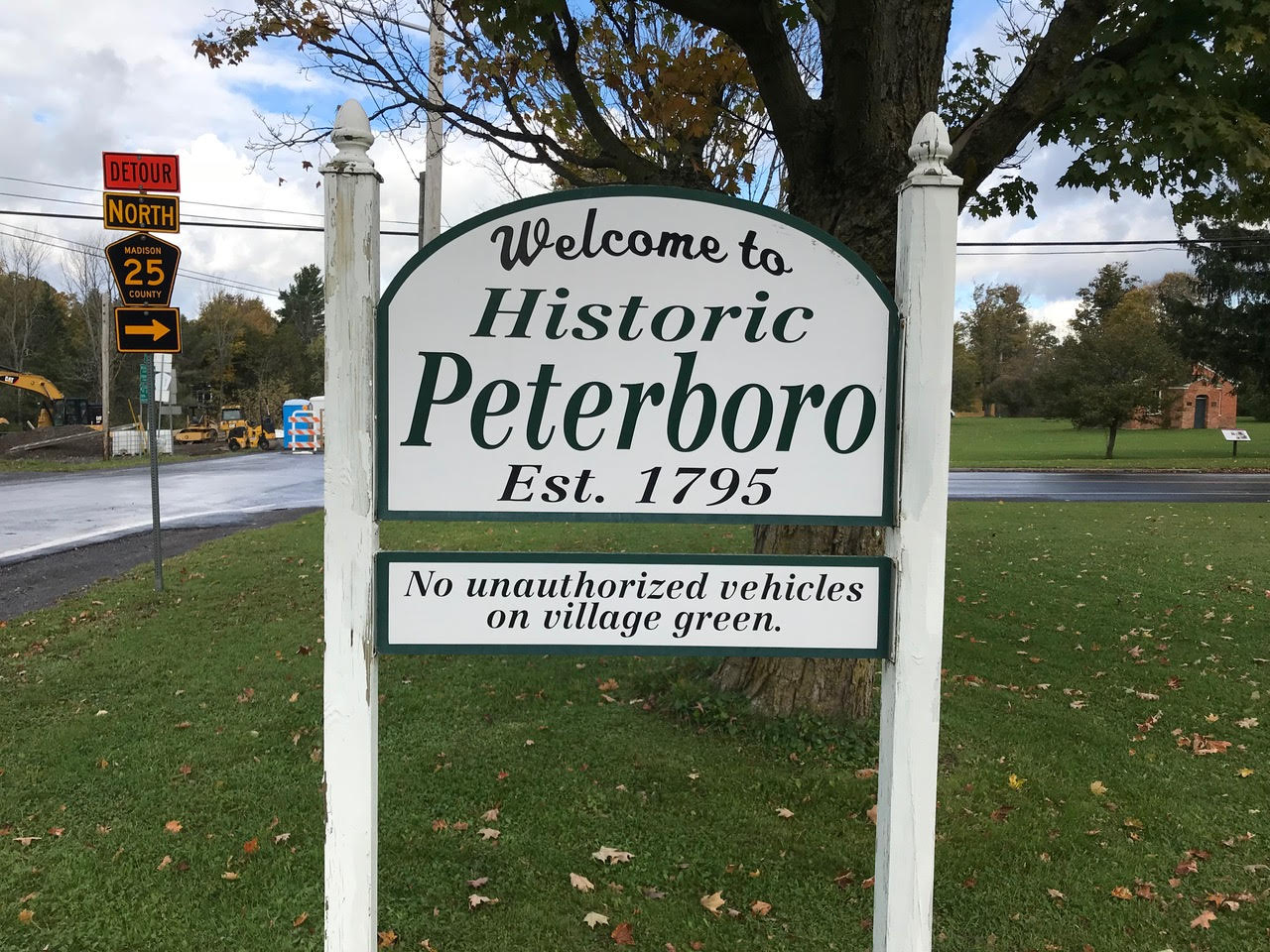
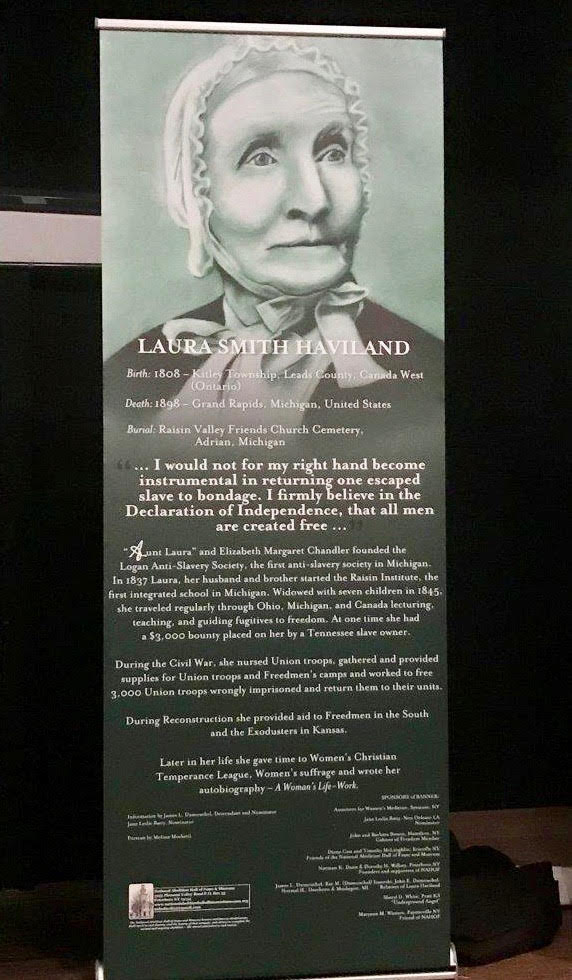
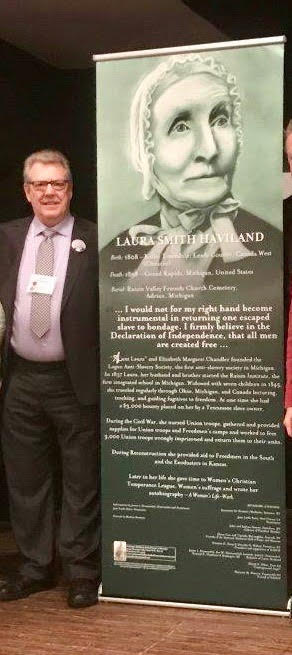
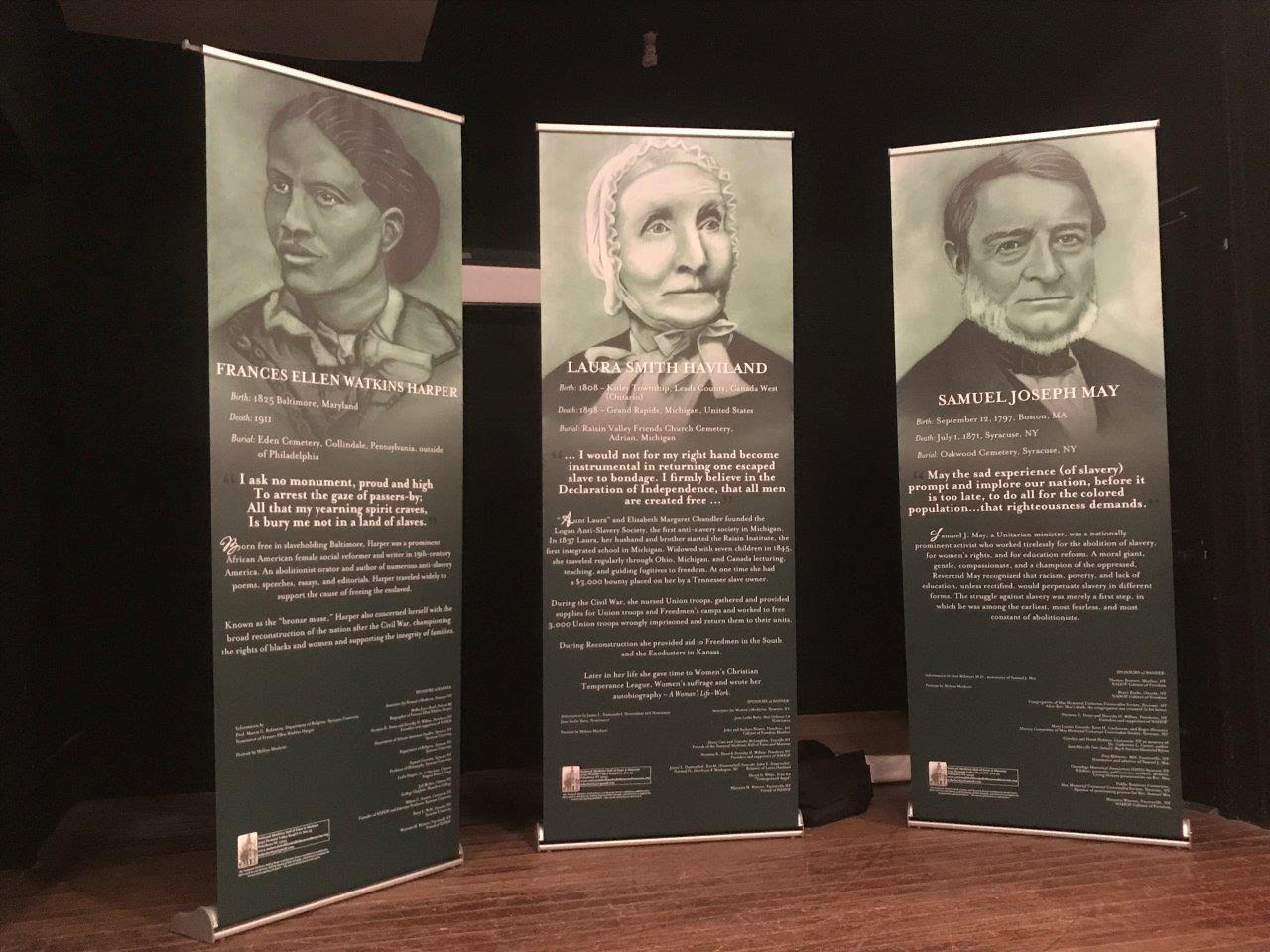
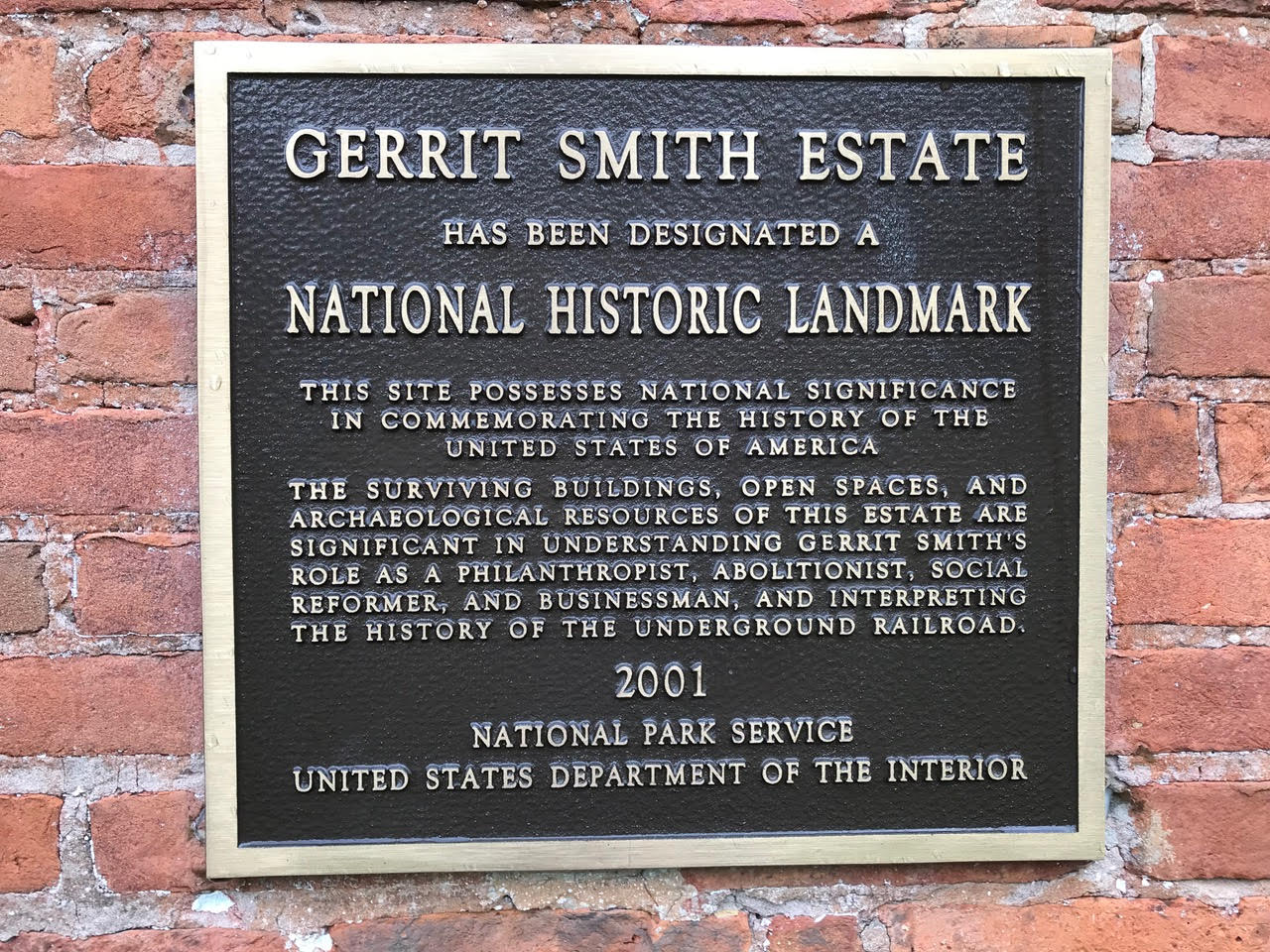

29 Comments
Jody Tutt
Laura Haviland is my great grandma x6 (I’m pretty sure that # is correct) and I’m always looking for more information on her to further my knowledge of her and to share with my daughters, one of which is named after her, Laura Jean Haviland Tutt.
Thank you for sharing this information.
Joh Hills
Another Havilland descendant here. One of the ironies here is that some of the early Havilland wills indicate slave ownership. The Havilland clan included many ties to the Rhode Island Quaker traders who undoubted were part of the slave trade which included defeated Scotch and Irish, American native peoples as well as Africans. It is inspiring to read about this cousin and her work.
Tiya Miles
Thank you for openly sharing this information. It seems that the deeper we dig into the past, the more complexity we find.
Harvey T Kerr
Hi Tiya-
Laura helped an old indian out. He was serving a life sentence , Jackson Prison , Micjhigan. She got him off due to advanced age etc, around 1886.
The indian was Louis Contois. He has sent to prison for murder in 1866.
Louis discovered a deposit , upper Michigan ,and his French partner filed the claim. (its called claim jumping). Louis sgot him.
Louis was my grgr-grandfather.
Laura helped him get out of jail circ 1886.
Do you know about this ? Can you add to what I know.?
Marshell D
Sometimes people bought slaves in order to free them. Aaron Burr would buy a slave, educate him/her, set them up in business, then give them their freedom. He did that at least 3 times. Just because a census says they owned slaves doesn’t mean they were hypocrites.
Tiya Miles
Thanks for engaging with this page. Yes, sometimes free individuals bought enslaved people in order to emancipate them, but this was not the norm. One way we can try to get a better picture of any particular purchaser or enslaved person’s situation is to look for additional records that may indicate, for instance, the subsequent manumission of a person.
Tiya Miles
Thank you for writing, Jody! More research is being done on Laura Haviland as attention is turning to Michigan’s role in antislavery activism. Have you seen the new book: The Fluid Frontier: Slavery, Resistance and the Underground Railroad in the Detroit River Borderland, edited by Frost and Tucker?
Tiya Miles
Thank you for commenting, Jody!
Tiya Miles
Indeed! Thanks for your comment!
Jamon Jordan
I’m leading a tour group to Adrian in October, and we will be delving into the history of Laura Smith Haviland and her role in Michigan’s Underground Railroad.
Thank you for the information that you have supplied us here!
Tiya Miles
I’m so glad to hear it! I hope the tour was a success!
James Cauthen
God bless laura Smith Haviland for her work and inspiration.
Tiya Miles
Amen to that.
Jacquewyn F. Chambers-Martin
Hello Tiya,
I would love to get in touch with an older descendent of Laura Haviland. My great-great grandfather – John Felix White, was a slave she helped in his successful escape and even went to his wife’s farm to attempt to rescue her along with their five children. That rescue was unsuccessful, and Haviland talks about that incident in an autobiography.
Tiya Miles
Hello Jacquewyn, thank you for posting and sharing this story about your ancestor John Felix White. I remember that rescue and the second attempt as described in Haviland’s narrative. It is such a dramatic moment in the book, and so sad. A number of Haviland descendants have posted here. You can see their names, but I don’t think their email addresses appear. If you would like to email me directly, I will try to connect you. In addition, if you are interested in emailing with me or talking with me further about your family’s history during slavery, after the escape, and with regard to Haviland, I would be eager to learn more. My email: tiyamiles@fas.harvard.edu
Jay Fonkert
Jacquewyn – I am a board-certified genealogist in Minnesota. In the course of my research into the Stephens families of Kenton and Boone counties in Kentucky, I have come across the story of Benjamin Stephens’ slave woman, Milly, who was the mother of Jane who married John “Felix” White. I am familiar with at least the broad outlines of the sad story of how Jane’s family was split up after the failed attempt at escape in the late 1840s. While following Jane’s children forward, I came across information about Oscar White that I think you made available to the Boulder, Colorado, public library. My understanding is that Jane was never able to find Sisely or Lucy, but she apparently was able to connect with Emily Frances and Oscar. I’m not sure about George. Anyway, I would be delighted to connect with you so that I can ask a few questions and also share with you what I have learned from my research.
E.D. Cameron
Thanks for the post! I am a Toledo researcher of the early black community here and discovereed Laura Havilland Smith was the first teacher employed by the AME church in Toledo’s first “colored” school for black children who had been denied a public school education. Very glad to see your reference to her personal diary in the Lenawee County Historical museum. Think I’ll take a trip up there after contacting them to review it. I believe that the UGGR history of Toledo is not accurate as it leaves out a lot of information I’ve found on black citizen’s anti-slavery activities and I’d like to review her diary to see if anything was mentioned about specific African American individuals in Toledo who I know were involved in anti-slavery and UGGR activity.
Tiya Miles
Thank *you* for your post. This is most interesting. I would love to hear more about what you found in the Toledo records and in Haviland’s diary about her Toledo teaching. I have not read her diary in a long while, but I plan to return to it in the near future. Unfortunately, the diary that remains only covers a few years in her life. If you are so inclined and if you have proceeded this far with your research, can you please post a link to your articles on Toledo’s UGRR? You can also email me directly if you’d like. My email is: tiyamiles@fas.harvard.edu
Tiya Miles
Dear E.D., a researcher working on Laura Smith Haviland and other UGRR figures recently contacted me in the hope of being connected with you. If you care to send me your email address to share with this person, please do, and I will pass that information along. Be well! tiyamiles@fas.harvard.edu
Malinda Bowman deitz
I am Laura Smith haviland niece don’t know how many aunt she is but the Carson side which is mom and her brother and sisters and her dad’s siblings are related to her the Adrian museum has pictures gloves hat and shoes also her books Everytime I go back to Adrian I go to that museum and my cousin and me are going to her gravesite and thank her
Tiya Miles
Thank you for sharing this, Malinda. It is touching to hear that you visit Laura Smith Haviland’s gravesite as well as the museum. We should all thank her.
Bella , with my grandma Lori
I am related to Laura Smith Haviland. She is my 6x great grandmother on my mothers side.
– Bella
( I am Bella”s Grandma, and Laura Smith is my 4x Great Grandmother. We love the stories that have been passed down to us about her, as well as the 100 year old book we have of hers, and we continue learning more about her and realizing how awesome she was, as we share her stories with others!)
– Lori, Bella’s Grandma
Tiya Miles
Hello Bella and Lori, How nice that you visited this page on Laura Smith Haviland together. I would love to see and post an mage of that 100-year-old book you inherited if you care to share it. What a wonderful keepsake. I will be teaching Haviland’s memoir in a class on Abolitionist women this spring.
Tia
One of my grandmothers was led to freedom by Mrs. Havilland I have some additional information about her, I wish could get to it quickly but I will paraphrase here. She was know to dress in men’s clothing and pass as a man to find out who was looking for her at rallies and town hall meetings. My grandmother made it from Natchez, Mississippi to Dresden, Canada with her help.
Tiya Miles
Hello Tia, thank you for sharing this inspiring family story and precious material about Laura Smith Haviland’s evasion strategies. I would love to hear more about what your family’s oral history has passed down about your grandmother and about Haviland if you care to share.
Sandra Piche
Hi! I’m so glad I stumbled on to this site and post. Laura is my 4th great grandmother. I do have some photos and I did have a copy of her book “A Women’s Life Work”; which I seemed to have misplaced. It can be accessed online through the Library of Congress. I also have painting from Laura “Lottie” T Haviland. I believe she was named after another abolitionist in Michigan also. I found an online map of the different names and locations of the UGRR I found on ancestry. She is Laura’s 2nd niece if I’m 100% percent correct on that. Thank you for sharing this information. I have a picture of me and my grandmother at here statue in 1968. Thank you for sharing this information. Happy Researching!
Tiya Miles
Hello Sandra, thanks for sharing! It is always a treat to hear from Haviland descendants. It just so happens that I started to re-read A Woman’s Life-Work this month! I will look for those LOC photos to double check that I have already seen them. How nice that you also have copies in your family collection. Be well!
Josette Chambers
This is all very interesting, My verified information re Cassius Marcellus White is that he was born on the plantation owned by Cassius Marcellus Clay of Richmond County, Kentucky. I actually visited the plantation. Further, a book written by the secretary of Supreme Life Insurance Company of Memphis, TN, details the White’s leaving the plantation and moving to Michigan; that company was owned by the Walker family; Harriet “Candy” Walker was my Fisk classmate and friend, My grandmother always denied her father’s ever being a slave which is consistent with what is written in the book and further discussed with Candy. I’m curious about this Haviland connection.
Tiya Miles
Dear Josette, I’m so glad that you have shared this information from your research and travels and from your family’s oral history. It may help people reading this page to continue to put the puzzle pieces together about the White family that Haviland describes (and other, perhaps related, White families). Be well!